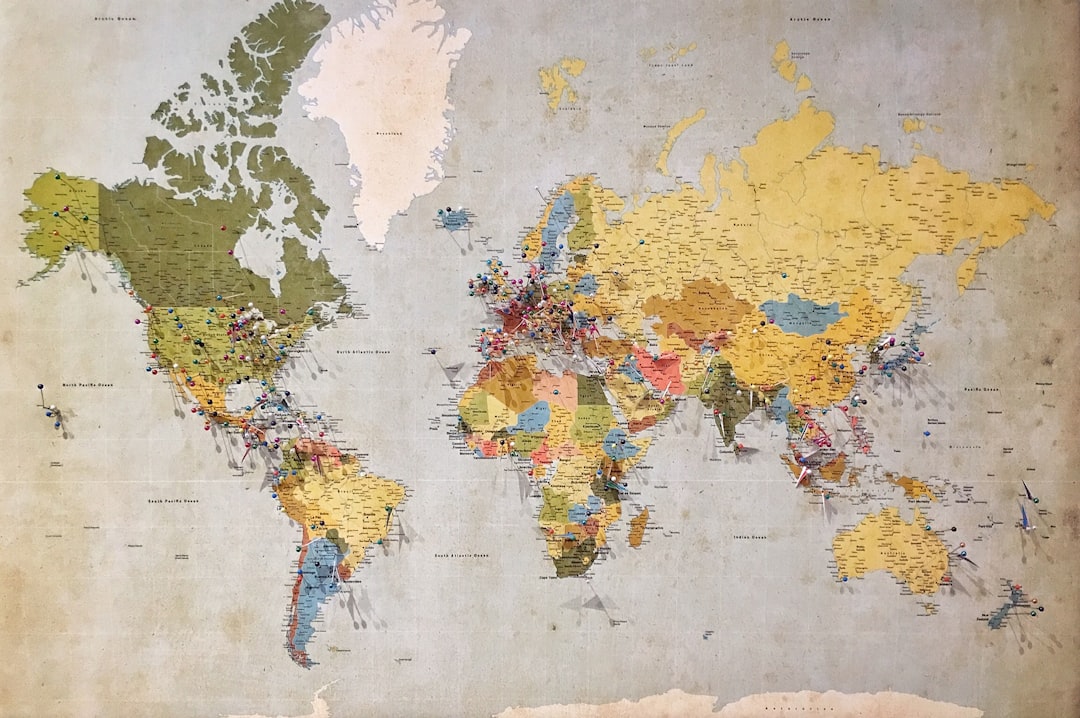What is it about?
This work focuses on vocabulary appearing in the Cahesismo written in Tarascan or Purépecha language, composed by Joseph Botello Zepherino Movellan in 1758. It analyzes particularly the list of body parts and describes the characteristics of the Purepecha the seventeenth century. It shows some elements approaching the Purepecha the sixteenth century, and forms that will be widely docuementadas in later periods.
Featured Image
Why is it important?
This paper deals with the only testimony of the seventeenth century we know today of the Tarascan language. It allows us to better know the history of this language which has no tested relationship to any other language native to America
Perspectives
So far the Tarascan has been studied both synchronously in the sixteenth century as in the twentieth. However, little is known about the dynamics of linguistic change. The study of the only testimony we know seventeenth century allows us to see the gradual development of the changes that this language has experienced over the last five centuries. This work, considered "minor" is a key piece to reconstruct the history of a language of which we know little. Tarascan witnessed it provides evidence for the theory of language change
Doctor Frida Villavicencio
Read the Original
This page is a summary of: Léxico purépecha en tiempos de la Ilustración: Un acercamiento a los apartados léxicos delCathecismode Joseph Zepherino Botello Movellán (1756), Historiographia Linguistica, January 2009, John Benjamins,
DOI: 10.1075/hl.36.2-3.07vil.
You can read the full text:
Resources
Contributors
The following have contributed to this page










